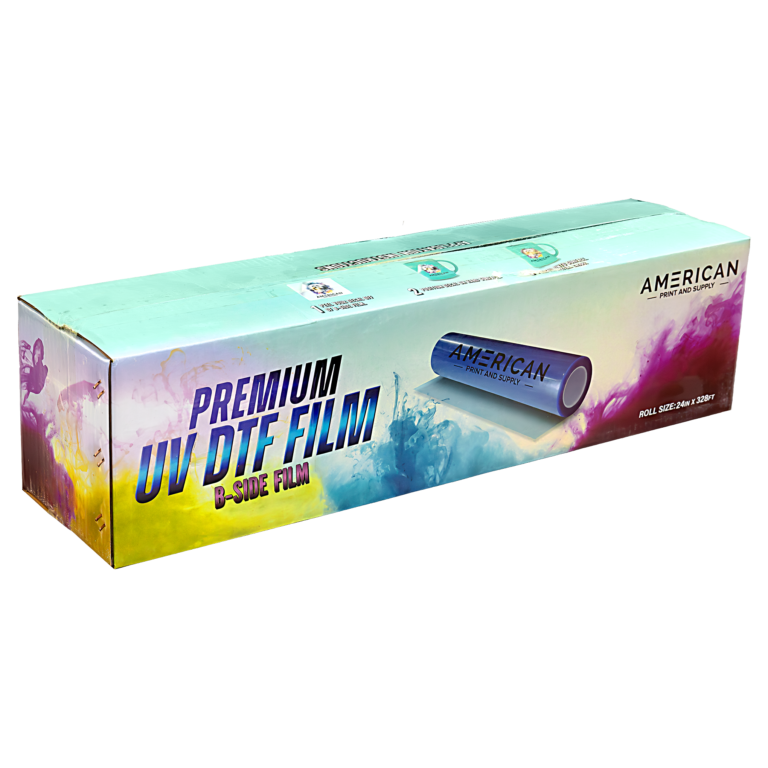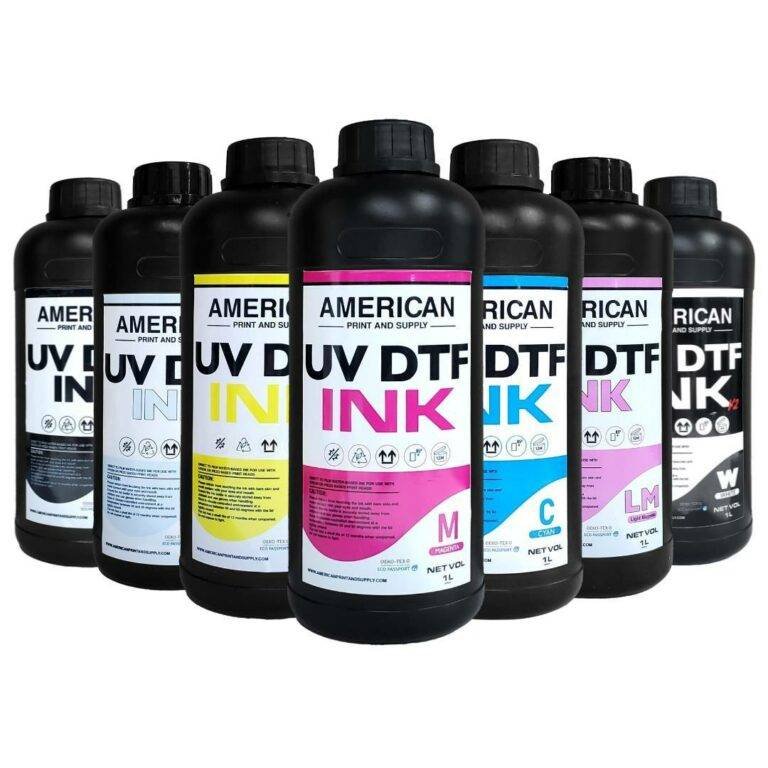RGB (Additive Color Model)
The RGB color model is primarily utilized for digital displays, including monitors, televisions, and mobile devices. This additive model combines Red, Green, and Blue light to generate a wide array of colors. When these three colors are combined at their maximum intensity, they yield white light, while the absence of all colors results in black. This model is particularly effective for showcasing bright and vibrant colors on electronic screens.
CMYK (Subtractive Color Model)
Conversely, the CMYK model is employed in the printing process and consists of four inks: Cyan, Magenta, Yellow, and Key (Black). This is a subtractive model, which means that colors are produced by subtracting different wavelengths of light. When these inks are mixed, they absorb light, with full coverage resulting in a color close to black. The application of more ink leads to darker colors, hence the term subtractive. This model is specifically designed for physical printing, as it relies on inks rather than light.
Key Differences: Screens vs. Print
Color Creation: The RGB model generates colors by adding light to a black background, making it suitable for digital devices. In contrast, CMYK employs inks on white paper, absorbing light to reveal colors, which is appropriate for print media such as brochures, posters, and clothing.
Color Range: The RGB model provides a broader color gamut compared to CMYK, which explains why certain colors visible on screens may not appear as vivid in printed form. This distinction is vital for designers who must adjust colors to ensure accurate reproduction in print.
Practical Application: RGB should be utilized for digital graphics, websites, and social media, while CMYK is recommended for printed materials to guarantee color consistency.
Recognizing these differences is essential for ensuring that designs retain their intended appearance across various mediums, thereby avoiding unexpected color discrepancies between digital and print formats.
How to Verify Your Color Gamut in Illustrator, Photoshop, and CorelDRAW
To guarantee that the colors in your design are precise for both digital and print applications, it is crucial to verify your color gamut. Below are the procedures for doing so in widely used software:
Adobe Illustrator Open your artwork. Navigate to View > Proof Setup > and select CMYK. Activate View > Gamut Warning to identify colors that fall outside the printable spectrum.
Adobe Photoshop Open your file. Select View > Proof Colors. Turn on View > Gamut Warning; colors that are out of gamut will be displayed in gray.
CorelDRAW Open your project. Go to Tools > Color Proofing. Activate Gamut Warning to visualize colors that may not print accurately.
Following these steps will help ensure that your colors appear as intended when printed. Make adjustments as necessary to bring colors within the CMYK range for optimal results.























